Walkabout: Addio, Brooklyn, senza rancor!
In the summer of 1977, fresh from college, I emerged from the GG train at Clinton-Washington and saw Clinton Hill for the first time. It was the Summer of Sam, although we weren’t aware of it at the time. New York City was a broke, dirty, gritty, hot and dangerous place. But it sure looked…

In the summer of 1977, fresh from college, I emerged from the GG train at Clinton-Washington and saw Clinton Hill for the first time. It was the Summer of Sam, although we weren’t aware of it at the time. New York City was a broke, dirty, gritty, hot and dangerous place. But it sure looked good to me, as I followed my friend to her third-floor apartment on Washington Avenue, a few doors away from what is known as the Pfizer Mansion. As an old house lover from childhood, I was mesmerized by it all: the city, the neighborhood and its great architecture, and Brooklyn itself. It was the first time I’d ever been in a rowhouse, and I was fascinated with the structure, the layout and the cool details still in the apartment. We walked down Dekalb Avenue to Junior’s and I had my first piece of Brooklyn cheesecake.
My friend was going to Pratt, and was renting one of those now notorious student flats where the landlord did little more than collect rent. Two days later, the ceiling in the room where I was staying collapsed right after I had left the room, covering the bed and floor with heavy plaster chunks. Had I been in there, I would have gotten hurt, or worse. Welcome to Brooklyn, sucker!
I moved to New York that fall, but ended up staying with my grandmother in the Bronx. My mother moved back to New York City, and I moved in with her, in a two-bedroom apartment in a Deco-era building in the North Bronx, the same building my grandmother lived in. We stayed there for two years. We started to look for a house in Harlem. Mom had spent much of her adult life there, and it was where she met and married my father. We spent a lot of time house hunting, at a time when Harlem was not seen as a desirable place by too many people. We fell in love with Convent Avenue, of course, and Hamilton Heights, but even then, house prices were high in the best areas.
So we decided to look in Brooklyn. Unlike today, there was no Internet, and for us, no New York Times Real Estate section. We were looking in an African American neighborhood, so here, as we had in Harlem, we turned to the Amsterdam News, New York’s oldest black newspaper. They always had plenty of listings for rooms, apartments and houses in traditionally black neighborhoods, listings no one else wanted. We saw an ad for an entire brownstone for rent, on Jefferson Avenue, in Bedford Stuyvesant, for $500 a month. We made an appointment, and made the hour-plus journey from the North Bronx to Bed Stuy.
I remember climbing the stairs at the Nostrand Avenue Station, and coming up onto the corner of Fulton and Nostrand. There was loud music playing, nothing but black people in the street, including a lot of dreadlocked Rastas, but it was a different vibe than Harlem, and certainly unlike the North Bronx, which by the ’80s was mostly Puerto Rican. We turned the corner, and there she was: the Alhambra, Montrose Morris’ iconic apartment building. It was run down, half empty and had a Blade Runner sort of decrepitude to it, but it was beautiful. We could see Girls High across the street, which my mother remembered, and streets and streets of brownstones. I knew I was home.
The house turned out to be a gem: a one-family, never-been-altered (or fixed), three-and-a-half-story Neo-Grec, with every original detail still intact. Marble fireplaces, woodwork, etched glass pocket doors, and original sink and clawfoot tub. Even the ceiling medallions and the lighting were still there. It was, in a word, perfect. We tried not to look too excited, and we took it.
Family members worried about us moving to “the worst ghetto in America,” but we never saw it that way. We saw new neighbors on a working-class block, and I don’t think we ever worried about our safety. My mother loved the house until the day she died, two years later. I lived there alone for another fifteen years, and only got a roommate when the rent got too high to handle alone. I loved it, even when the roof leaked, and it leaked a lot, or when my landlady, who turned out to be quite a piece of work, would send substance-abusing handymen to repair things, because they worked cheap. They would then come back for days, begging for money.
I got to know the people on the block. We had teachers, nurses, a mailman, fireman, court clerk, lawyers, plumbers, real estate agents, a retired cop and many more. We had lots of older people, including a famous jazz musician, and one of the sandhogs who built the underground tunnels of our city. We also had our junkies, pushers, petty thieves and pitiful cases. It was Brooklyn, the crack wars, the whole deal, but it was home. My block was peaceful, but the local park a couple of blocks away was often the scene for the latest turf battles, and I have to admit, I could tell the difference between automatic fire and a regular handgun. But no one ever tried to break in, I was never mugged, and life went on, like it does everywhere.
My landlady, who made the Village Voice’s list of 100 Worst Landlords once, would not sell me the building. She never sold her buildings, and her workmen told me she had over 50 brownstones. So when the opportunity to buy in Crown Heights came up, I took it, and moved south, still at the same subway station. Only the name of the neighborhood changed. I still miss that house.
It was here that “Montrose Morris” was born, incorporating an architect who designed in both neighborhoods, all for a handle for a blog I had discovered, a blog about a guy fixing up his house, and living in Brooklyn. Who knew where it would lead? I met people who were involved in getting Crown Heights North landmarked, and I joined up, eventually ending up on the board of the Crown Heights North Association. In the process, I learned about researching properties, and I began taking pictures of all of the marvelous details that I had somehow never really seen before. A new world opened up.
Meanwhile, Brownstoner.com was expanding its horizons, neighborhood-wise. I was learning about Central Brooklyn, and knew a lot about buildings Mr. B. would see in his travels, and after a while he offered me a job. I started out with one short column, then longer columns, then two, and then three columns. Walkabout, which started as “Walkabout with Montrose,” has been on this blog since 2009. That’s a lot of walking about, let me tell you.
I can honestly say it’s saved my life. In 2007, my career disappeared one day, and never came back. I became one of the vast numbers of middle-aged people who couldn’t find work. Resumes sent out never got a single reply. There were no interviews. Changing careers didn’t help either. I had twenty-some years’ experience in an industry that was now looking to hire people to do two people’s jobs at one third of one salary, if they were hiring anyone at all. I even got turned down as Christmas help at William Sonoma, because they said I was overqualified. I began freelancing in anything I could get, and writing for Brownstoner gave me my sanity, as well as a regular income. I was able to get a few other jobs from people who read my pieces, and a new career as a writer/researcher was born. That was cool!
But all of the freelancing wasn’t enough. Living in New York is expensive, and owning a building is ridiculously expensive. The insurance, the taxes, water and heating bills, fees, inspections, repairs; everything, in addition to the mortgage itself, is enormous. I scraped, borrowed, cashed out my 401K and re-negotiated, but it wasn’t enough. I went into foreclosure. Fortunately, I was not alone, there was a moratorium on foreclosures, and I have had time to make plans. My house is in contract, closing next week.
The reason for this piece is a culmination of those plans. In a week, I’m moving out of Brooklyn, and am moving to Troy, N.Y. If you don’t know, Troy is a beautiful little city seven miles north of Albany, on the Hudson. It used to be the second most prosperous city in America, home to a large steel industry and garment factories. Troy was called the “Collar City,” because of all of the factories manufacturing starched, detachable collars and cuffs for shirts at the end of the 19th century. It’s got some fantastic architecture, some by names I’ve mentioned here, and although it has been in the same economic decline as many other small cities upstate, like Brooklyn, it’s on the rise, with a bourgeoning arts scene, markets, music and high-tech manufacturing.
There’s so much more to Troy, including its largest employers, Rensselaer Poly Tech (RPI) and Russell Sage College. It’s on the Hudson, and near the Amtrak Station to New York City. There’s preservation galore going on up there, and in nearby Albany. Much of the city actually looks like parts of Brooklyn, as seen in the photo above of Washington Park. I’m renting a fabulous place, in North Central Troy, owned by a friend, also from Brooklyn. It’s going to be great. Look out, Troy.
I’ll still be writing for Brownstoner. There is so much going on here now, I’m sorry I won’t be around to see it as it happens. Who knew that Crown Heights and Bed Stuy would be hot? I’m sorry I won’t have my piece of the rock here anymore, but it was good to be in the game, while it lasted. I have no regrets over things I can’t control, except I’m still miffed that those people at Lotto never picked the right numbers. I’m going to take three weeks off in order to move, but I won’t leave you without Montrose. I’ve picked some of my early stories and BOTDs to share with you again, and if you are relatively new to the blog, this is all new stuff. Like the Terminator, I’ll be back.
I used to be an aspiring opera singer, so the title of my piece is a reference to that part of my life. It’s from Puccini’s La Boheme: “Addio, senza rancor.” That’s “Farewell, without bitterness, or regret.” I’ll always be a Brooklynite, whether in Brooklyn, or not. Addio!
(Photo of Washington Park, Troy, N.Y.: Rootsweb.com)


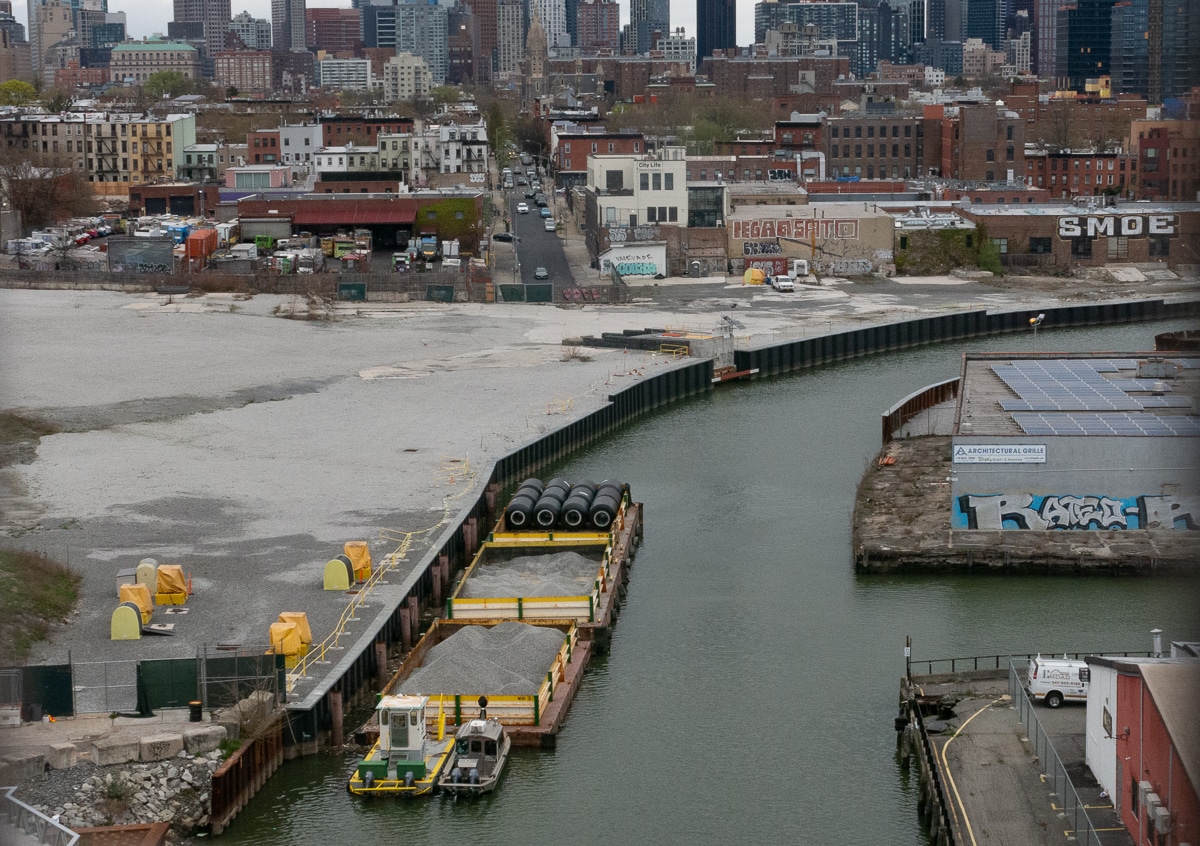
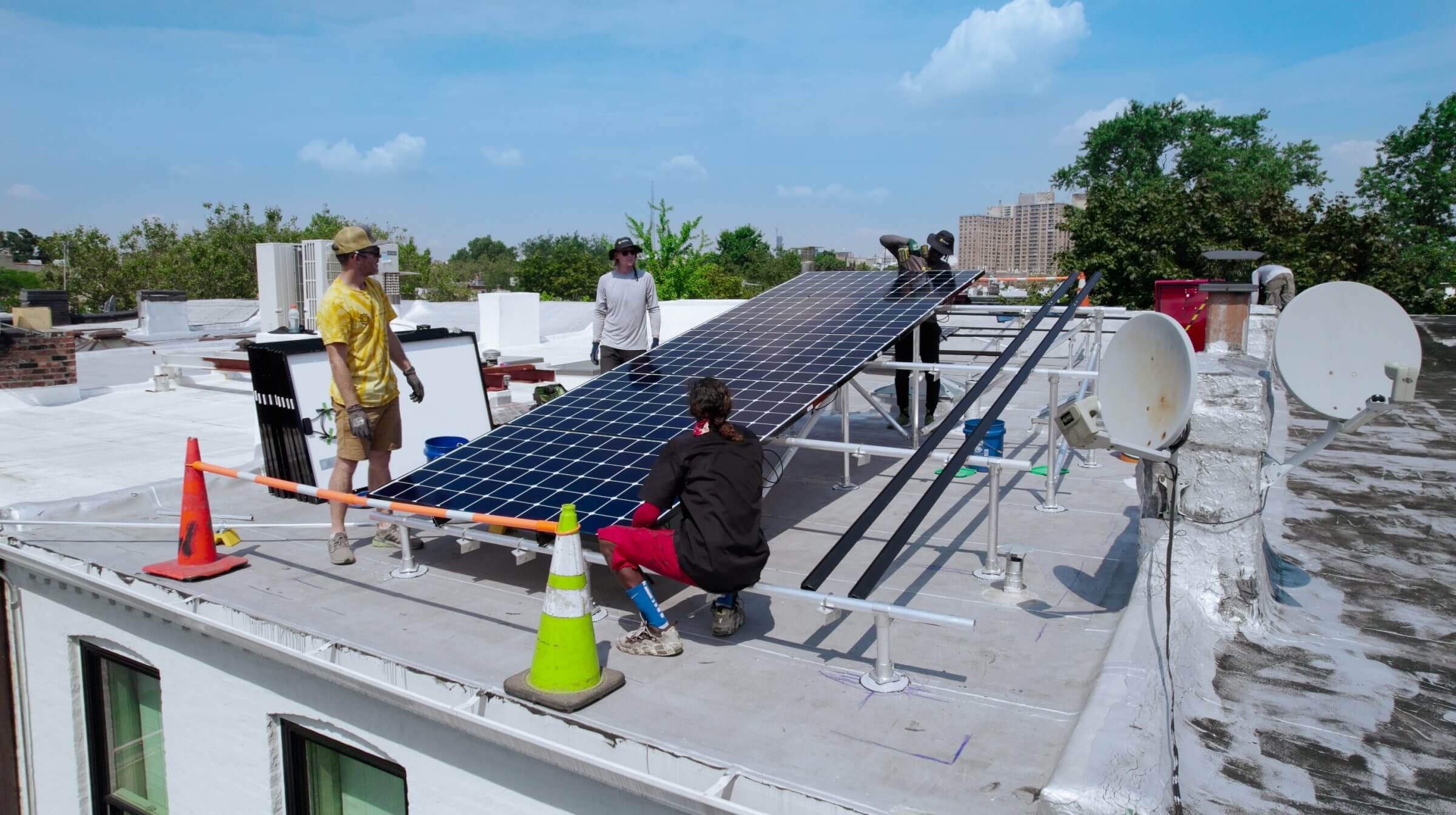
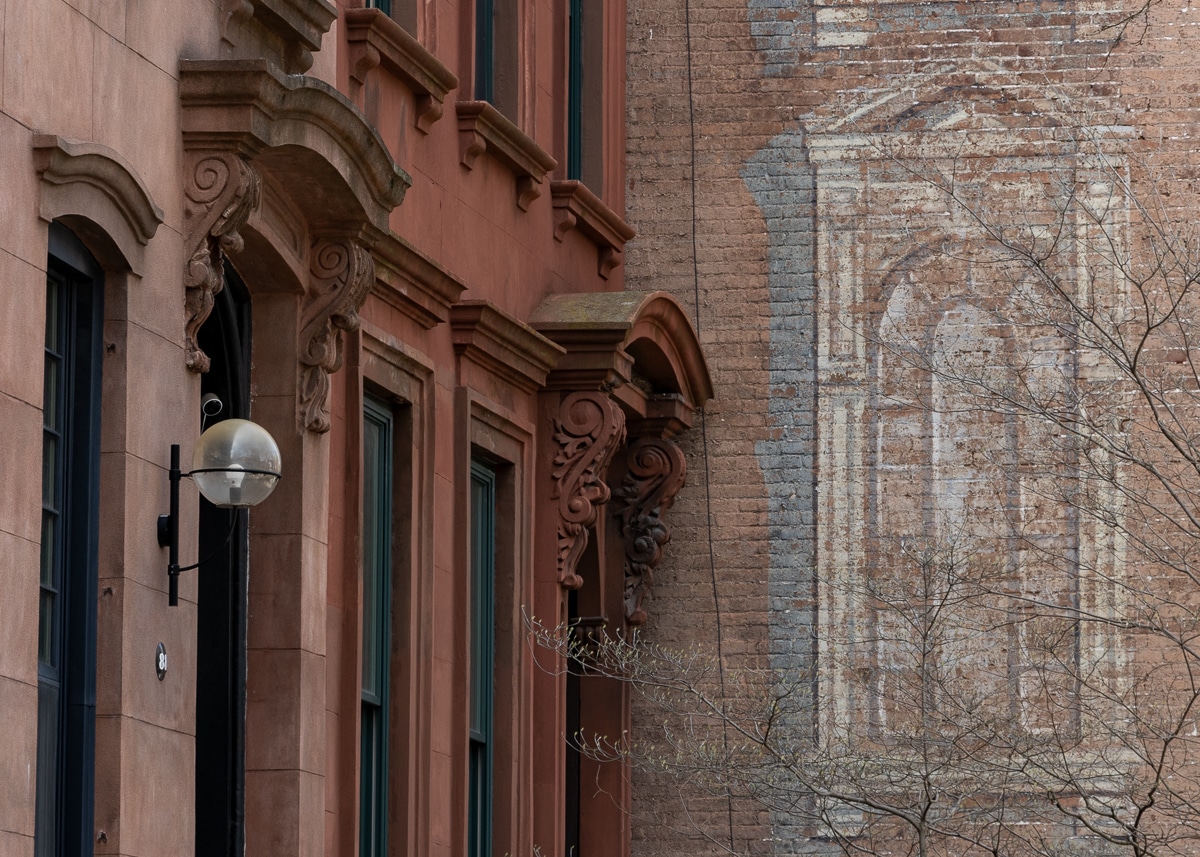
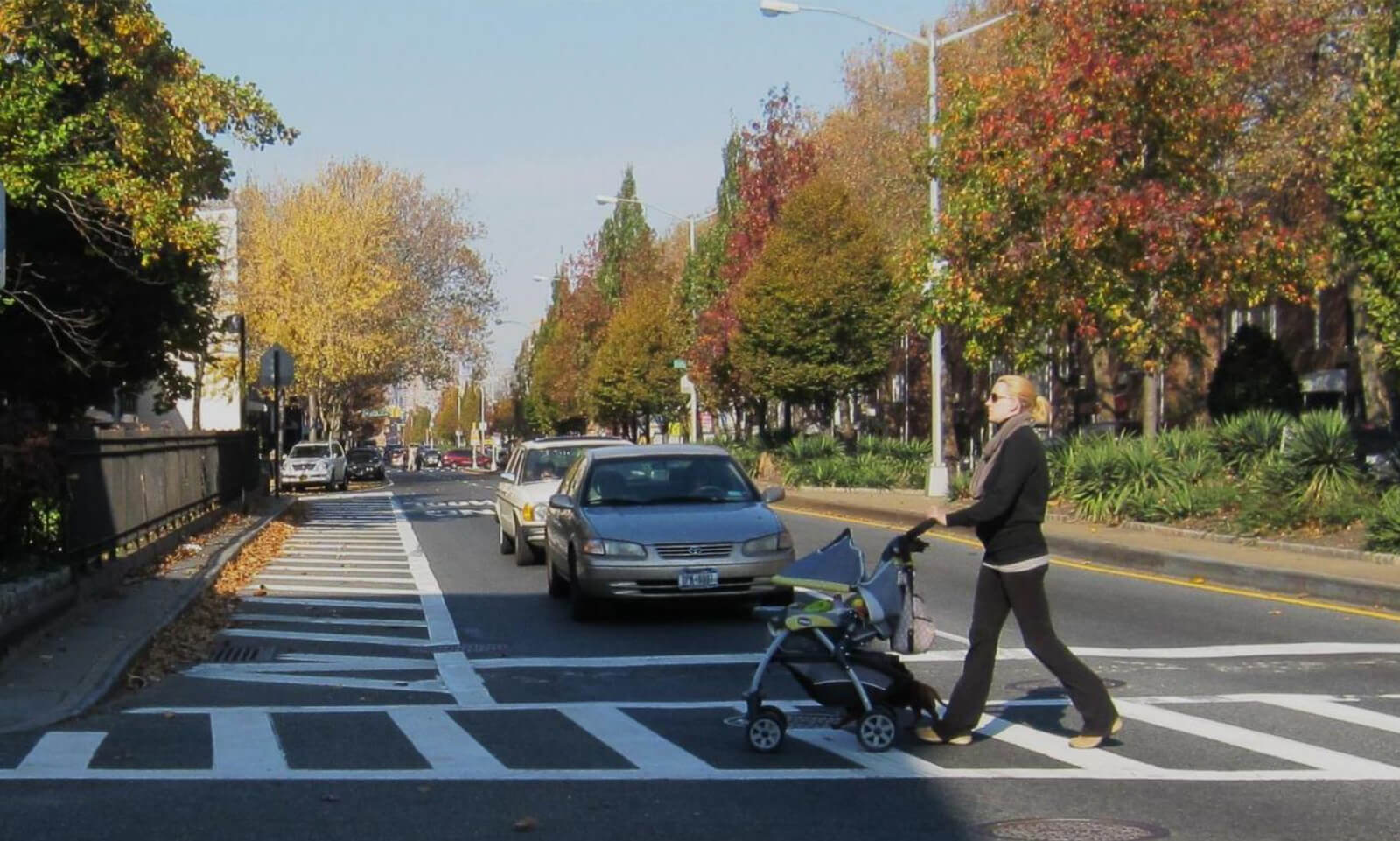
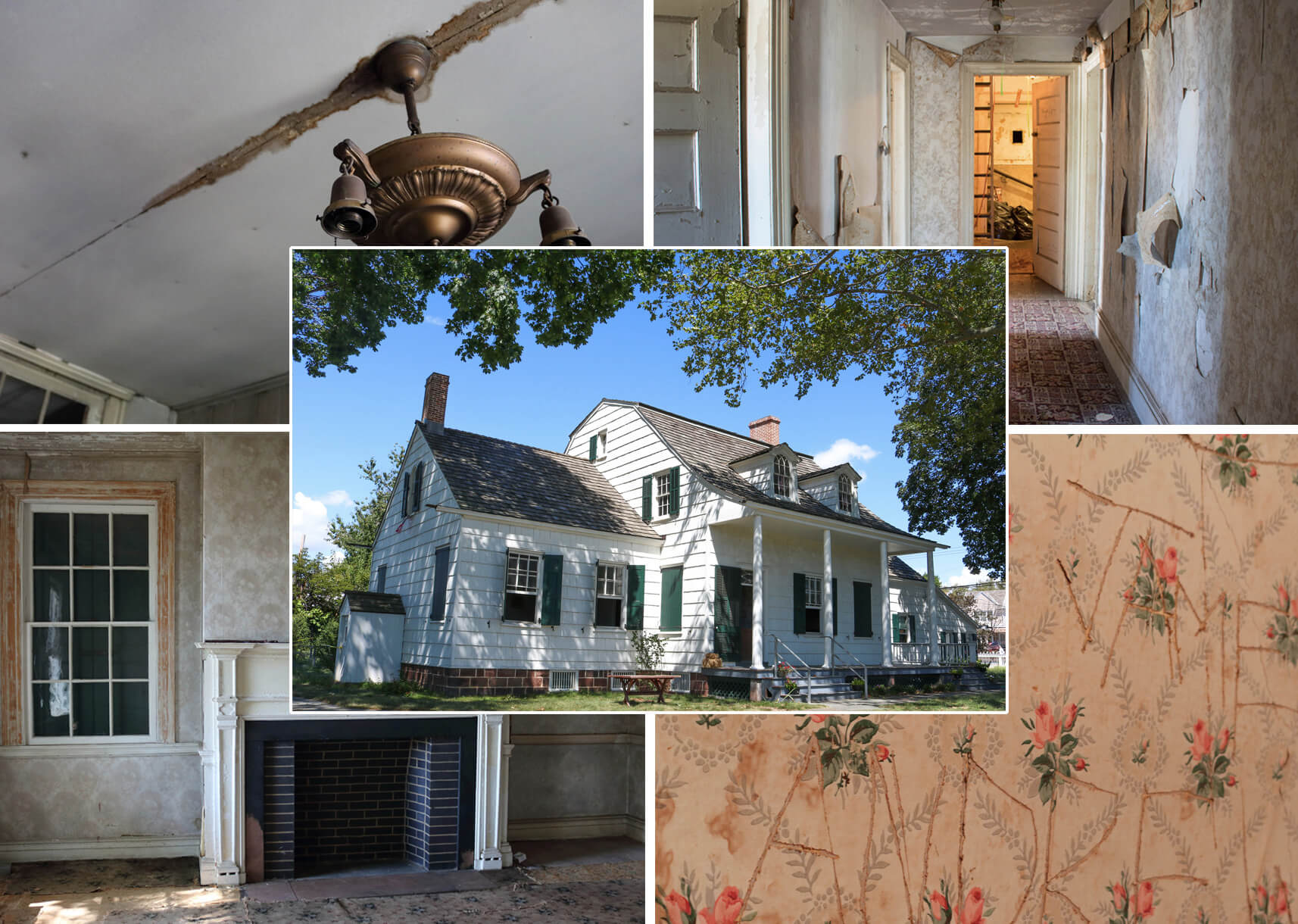
Good Luck
Good luck upstate. Funnily enough, as Brooklyn has gotten more and more expensive and precious, my friends and I often find ourselves saying, “Well, we could always move to Troy.” Really!